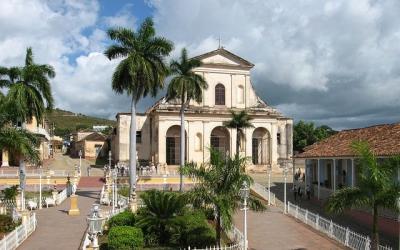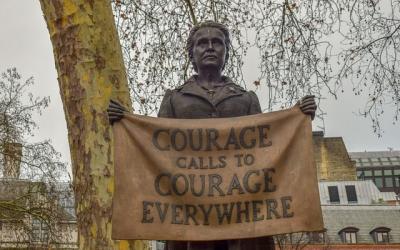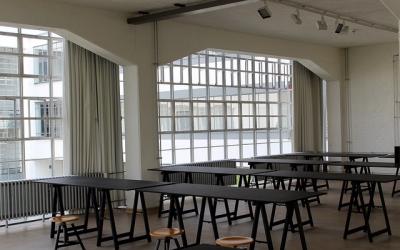ENTRE LO COTIDIANO, LO TURÍSTICO Y LO PATRIMONIAL. APROXIMACIONES A LOS BIENES CULTURALES DEL PUEBLO DE TANLAJÁS EN LA HUASTECA POTOSINA
BETWEEN THE EVERYDAY, THE TOURIST AND THE HERITAGE, APPROACHES TO THE CULTURAL ASSETS OF THE PEOPLE OF TANLAJÁS IN THE HUASTECA POTOSINA
DOI: https://doi.org/10.51896/tlatemoani/DFUC1875
Fecha recibido: 04/04/2023 | Fecha publicado: 07/09/2023 | Fecha corregido: 27/07/2023 |Autores
Carlos Pedraza Gómez, Alma Rafaela Bojórquez Vargas, Gisela Beatriz Hernández González
RESUMEN
El patrimonio cultural se interpreta como el compendio de bienes materiales e inmateriales que son producto de una sociedad determinada, bienes que pueden estar en listas indicativas o de salvaguarda en distingos niveles de gobierno o de organismos internacionales. Pero también es patrimonio de las sociedades aquellas manifestaciones culturales que no aparecen en ninguna lista indicativa pero que, al ser representativo para un grupo de personas, también es susceptible de ser estudiado. Esta investigación tiene justamente ese objetivo, hacer algunas aproximaciones a conceptos relacionados con el manejo y conservación del patrimonio cultural y aplicarlos a un caso de estudio en una zona poco estudiada desde la perspectiva patrimonial: Un pueblo en la huasteca potosina.
A partir de revisar conceptos como lo inmaterial, los procesos de patrimonialización, lo cotidiano o festivo como patrimonio local, se plantea la posibilidad de tener una aplicarlos al caso de estudio, observando un primer esbozo descriptivo de elementos arqueológicos -no abiertos al público-, arquitectónicos (religiosos y habitacional tradicional), mezclados con elementos devocionales realizados en periodos específicos de tiempo como la “toreada sagrada” en semana santa. Algunas reflexiones finales aluden a la necesidad de cuestionar la propia necesidad de proteger, salvaguardar incluso de patrimonializar un bien cultural.
PALABRAS CLAVE: Patrimonio cultural, Tanlajás, Patrimonialización, arquitectura tradicional, Huasteca Potosina.
ABASTRACT
Cultural heritage is interpreted as the compendium of tangible and intangible items that are the product of a given society, items that may be are on indicative or safeguard lists at different levels of government or international organizations. But it is also the heritage of societies those cultural manifestations that do not appear on any indicative list but that, being representative for a group of people, they are also susceptible to being studied. This research has exactly that objective, to make some approximations to concepts related to the management and conservation of cultural heritage and apply them to a case study in an area little studied from the heritage perspective: a town in The huasteca potosina.
From reviewing concepts such as the immaterial heritage, the heritage processes, the daily or festive as local heritage, the possibility of applying them to the case study is raised, observing a first descriptive outline of archaeological elements -not open to the public-, architectural (religious and traditional housing), mixed with devotional elements doing in specific periods of time such as the "toreada sagrada" in holy week. Some final reflections allude to the need to question the very need to protect, safeguard, even patrimonialize a cultural item.
KEYWORDS: Cultural heritage, Tanlajás, Patrimonialization, traditional architecture, Huasteca Potosina.


